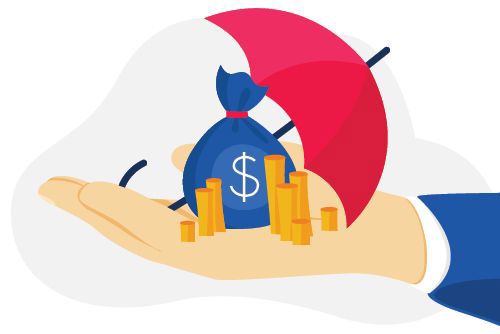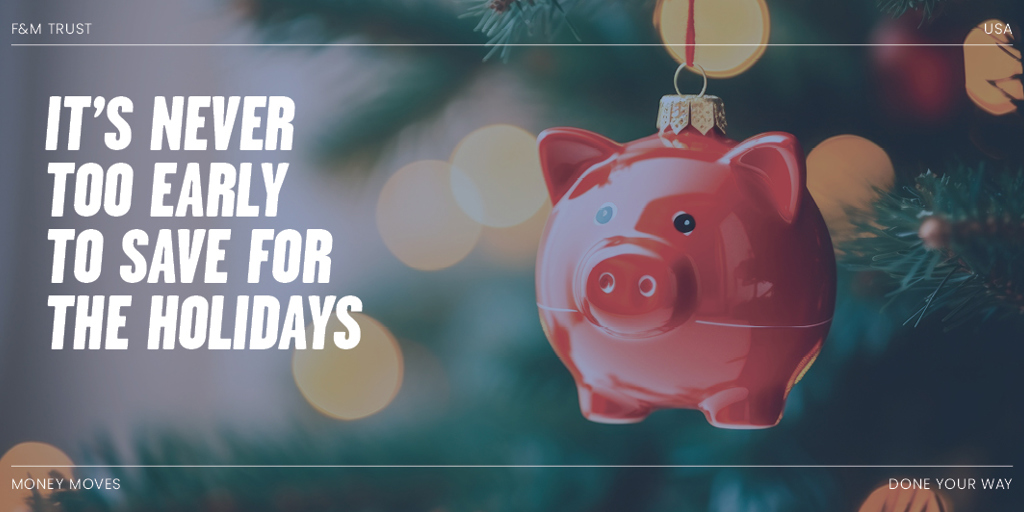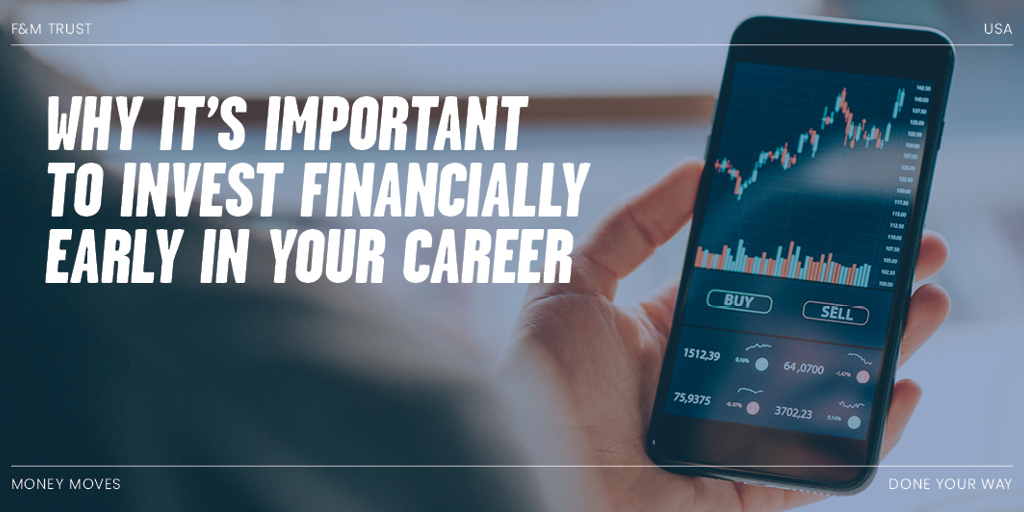


How to create an emergency fund (before the emergency)
Name an emergency situation with a relatively large price tag. If you answered roof repair or replacement (or any major home repair), a new transmission for your car, emergency medical expenses not covered by insurance, or living expenses after a job loss, you have a good understanding of what an emergency fund can be used for — and how important it is to have one.
But not everyone has an emergency fund, because — as we all know — saving large amounts of money isn’t always easy. One in four Americans has no emergency fund at all, and only 39% can pay for a $1,000 emergency expense. A good emergency fund contains enough to cover three to six months of living expenses (in the event of a job loss), and only 25% of Americans claim to have a rainy day account with six months of expenses.
So when’s the best time to start building your emergency fund, and what’s the best way to do that? The answers are “right now” and “slowly but steadily.”
You should start by creating a separate account for your emergency fund, separate from your day-to-day checking and savings accounts. A high-yield savings account or a money market account are the best options. Separating your emergency funds from your daily funds makes it easier to track the status of your account and makes it harder for you to dip into it for non-emergency purchases.
Next, you have to start contributing to your emergency fund. The best way to begin is by setting small goals. Instead of aiming for six months of living expenses or a lump sum like $10,000, aim instead for smaller amounts like one week of expenses or $500. Then, once you achieve that goal, repeat until you’ve reached your larger goal.
Your contributions should be small (at first). After all, you don’t want the fund to create financial strain in your day-to-day life and make it easier for you to give up on the contributions entirely. If possible, automate your contributions by having regular amounts automatically deducted from your paycheck and deposited into your emergency fund account.
Recent Articles
Join our e-newsletter
Sign up for our e-newsletter to get new content each month.






















